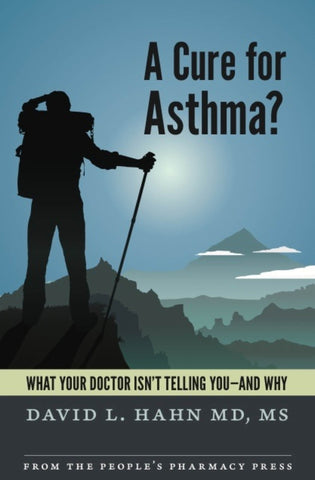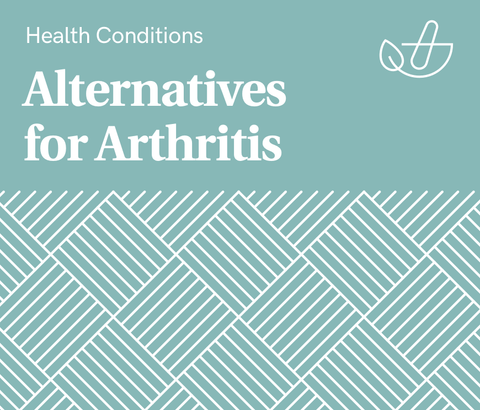Link to your individual collections by creating a new linklist in the Navigation section of the admin.
You can then have it appear here by choosing your new linklist under Customize Theme / Sidebar.

Show 1397: The Surprising Secrets of Sunlight's Health Benefits
This week, our guest is a dermatologist who wants us to consider sunlight’s health benefits. That is a minority opinion among dermatologists. Dr. Richard Weller tells us why vitamin D is overrated and not the most important aspect of sun exposure.
The Secrets of Sunlight’s Health Benefits:
Dermatologists generally advise us to stay out of the sun as much as possible. After all, excessive sun exposure causes skin aging and skin cancer, conditions for which people frequently consult them. However, even if we could all live inside, wear protective clothing and high SPF sunscreen whenever we ventured out, would that be wise?
According to our guest, Dr. Richard Weller, and his colleagues, “insufficient sun exposure has become a real public health problem” (International Journal of Environmental Research and Public Health, July 13, 2020). While this problem is more acute in Europe than the US, they still estimate that more than 300,000 Americans die each year due to inadequate sun on their skin. What is going on?
How Does Sunlight Affect Skin?
For decades, we have heard that the principal effect of sunlight on skin is the production of vitamin D. Therefore, the dermatologists have concluded, rather than take the risk of exposing skin to sunshine, why not just swallow vitamin D supplements?
The problem with that proposal is that it hasn’t worked very well. Many studies show that people with low levels of circulating vitamin D are more vulnerable to high blood pressure, atrial fibrillation, heart disease, diabetes and infections, among other problems.
However, people who take vitamin D supplements don’t always get the expected benefits. Perhaps vitamin D is a marker for sun exposure rather than the most important outcome.
Human Evolution and Skin Color:
Humans evolved in Africa, where dark skin is an advantage, offering protection from the most harmful effects of ultraviolet radiation. By about 60,000 years ago, people were migrating to other parts of the world. Yet analyses suggest that although they arrived in Europe by about 40,000 years ago, genes for pale skin didn’t become common until less than 10,000 years ago.
Anthropologists have hypothesized that pale skin is an adaptation to inadequate sunlight in northern regions. Because vitamin D is a well-recognized consequence of sunlight on skin, they have assumed that was the driver. Dr. Weller suggests that nitric oxide was (and still is) more important. He notes that the evolution of pale skin happens around the same time that people begin to cluster together in farming communities, where they are more likely to be exposed to infectious diseases.
Is Nitric Oxide the Source of Sunlight's Health Benefits?
In 1996, Dr. Weller was the first scientist to find that human skin creates a compound called nitric oxide (NO) under sunlight. This compound is then absorbed into the skin, where it helps relax blood vessels and lower blood pressure. Here is a link to his TED talk on the topic.
This is where Dr. Weller’s approach differs from that of more conventional dermatologists. With proper caveats that the US is at much lower latitudes, in general, than most of Europe, he proposes that more sunlight, not less, could lower mortality rates. (Lower latitudes get more sunshine.) His analysis was just published in the prestigious Journal of Investigative Dermatology (August 2024).
The data underpinning this claim are from an analysis of the UK Biobank, a remarkable treasure trove of information. Dr. Weller and his colleagues have found that in the UK, people who get more sunlight are less likely to die within a specified time frame. We call that lower all-cause mortality.
You can read the research report here (Health & Place, Sept. 2024). It was discussed in this article in The Economist (Aug. 12, 2024).
This Week's Guest:
Richard Weller, MD, FRCP(Ed), is Professor of Medical Dermatology at the University of Edinburgh. He holds the Personal Chair of Medical Dermatology in the Deanery of Clinical Sciences. He is also Honorary Consultant Dermatologist at NHS Lothian and Principal Investigator at the Centre for Inflammation Research.
Dr. Weller serves as Programme Director for the M Med Sci at the University of Edinburgh and is President of the Scottish Dermatology Society. He is the Clinical Lead for the Dermatology Speciality Group at NHS Research Scotland and active in the Global Health Academy and Edinburgh Imaging.
[caption id="attachment_131917" align="alignnone" width="768"] Richard B. Weller, MD, University of Edinburgh[/caption]
Richard B. Weller, MD, University of Edinburgh[/caption]
Learn More:
Dr. Weller kindly shared links to some research by his colleagues that he mentioned during the show.
Here is an article by Joel Gelfland showing the benefits of home phototherapy for psoriasis.
This article by Adewole Adamson presents evidence that dark skin is not susceptible to UV-induced melanoma.




